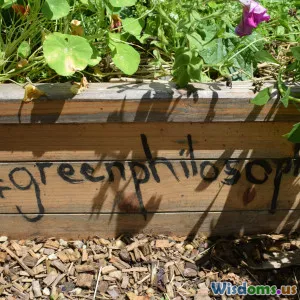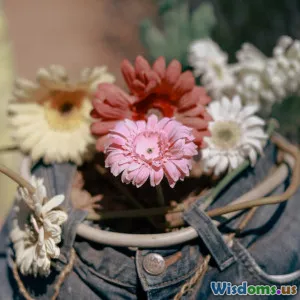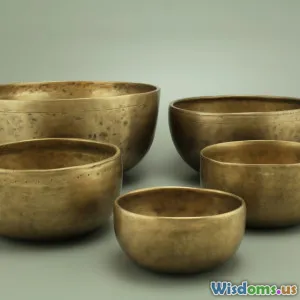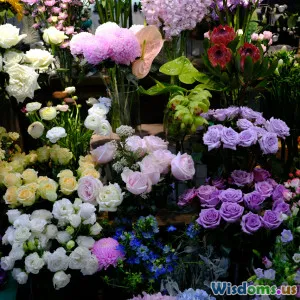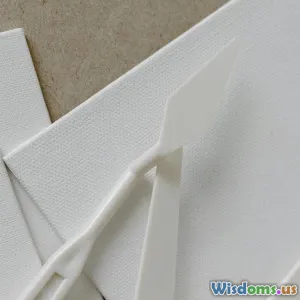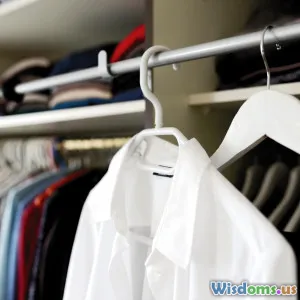
From T Shirts to Plant Hangers Upcycling Fabric in Gardens
18 min read Learn creative ways to upcycle old T-shirts into practical and decorative plant hangers for your garden. (0 Reviews)
From T Shirts to Plant Hangers: Upcycling Fabric in Gardens
Gardeners have long been creative problem solvers, crafting flourishing spaces with both ingenuity and sustainability in mind. As fabric waste piles up globally—textiles now represent one of the largest categories in landfills—resourceful horticulturists are seeing opportunity where others see trash. From transforming old t-shirts into robust plant hangers to sewing tool organizers and mulch mats, the garden serves as a ripe canvas for upcycling. This guide takes you through exciting, practical ways to weave fabric into your functional greenery.
The Case for Upcycling Fabric in the Garden
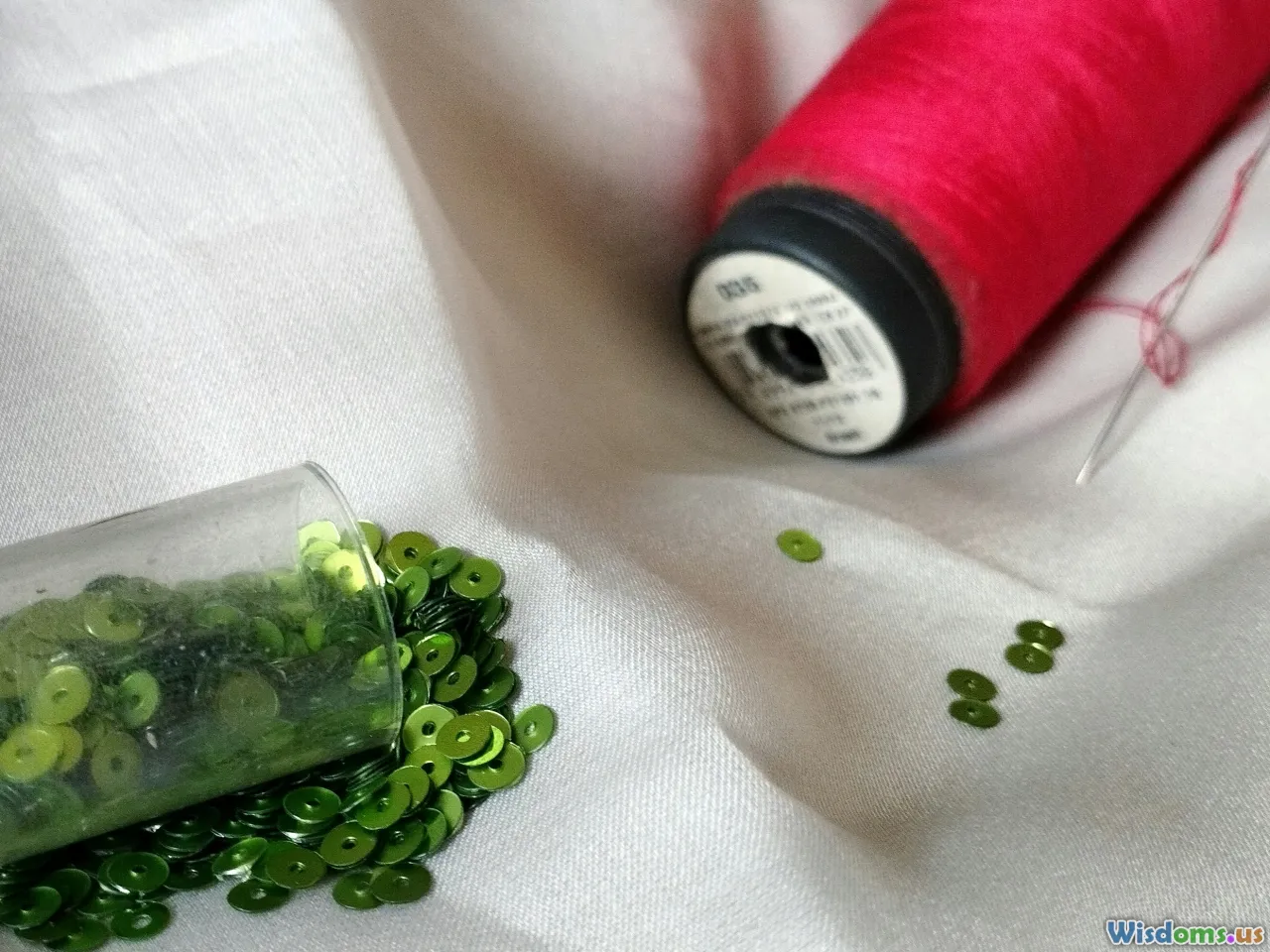
The fashion industry is responsible for approximately 92 million tons of textile waste annually. Most ends up incinerated or rotting in landfills, releasing greenhouse gases and toxic dyes into soil and waterways. Upcycling—using discarded fabric in new, purposeful contexts—not only diverts waste but also reduces demands on new textile manufacturing, lowering energy, water, and chemical usage.
Gardens are especially suited for fabric repurposing. That faded cotton blanket or fabric offcuts from sewing projects are not merely destined for the garbage bin; they can fulfill valuable roles outdoors, where resilience and renewal are part of the ethos. By skillfully integrating upcycled fabric, gardeners enhance sustainability and add a unique, homespun character to their plantings.
Example: In 2022, a community garden initiative in Portland, Oregon, collaborated with local schools to turn old uniforms and bedsheets into tomato trellises and weed barriers, cutting project costs by 40% and inspiring dozens of participants to reuse at home.
From T-Shirts to Hanging Planters: A Step-by-Step Guide
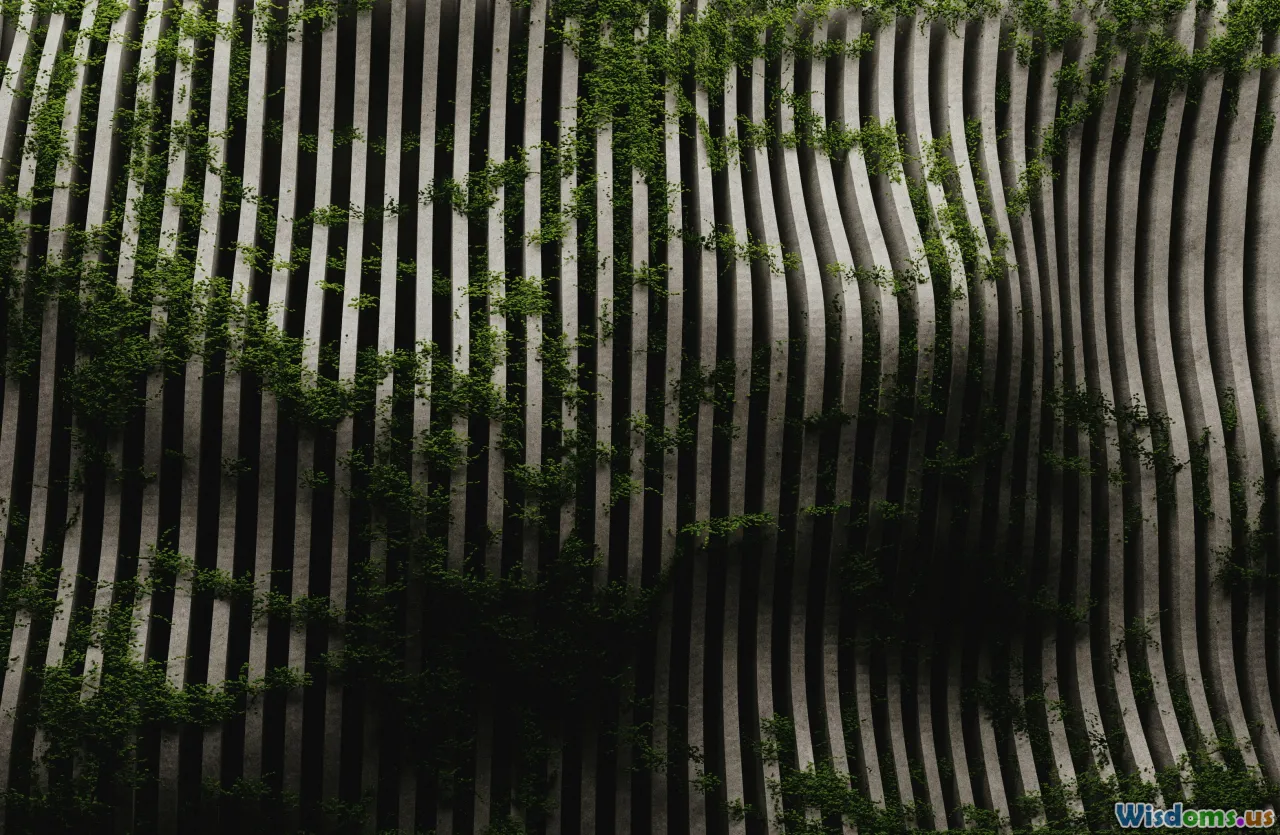
T-shirts—ubiquitous, soft, and stretchy—offer remarkable upcycling potential. The natural fibers commonly used, such as cotton or blends with hemp or bamboo, withstand outdoor exposure and breathe unlike plastics. Among the most eye-catching transformations is the humble macramé plant hanger, which blends function with style.
Here’s how to repurpose old t-shirts into attractive, durable plant hangers:
Materials Needed
- Clean, old t-shirts (one makes a medium-sized hanger)
- Sharp scissors
- Ruler or measuring tape
- Metal ring or wooden dowel (optional for the top)
- Pots suitable for hanging
Instructions
-
Cut Strips: Lay the t-shirt flat, smooth out wrinkles, and cut across the body (just below sleeves if short sleeved) to make a large tube. Cut this into 8 strips, about 2cm wide. For longer hangers, use more strips from multiple shirts.
-
Stretch to Form Cord: Pull each strip gently until it curls inward and becomes rope-like. This increases durability and adds a tidy appearance.
-
Bundle and Knot: Gather the strips at one end and tie together securely. If using a ring, thread through and knot. Hang the bundle to a doorknob to keep tension as you work.
-
Knot for Structure: Divide strips into pairs. About 15cm down, tie simple knots in each pair. Then, create another tier of knots about 10cm below, this time pairing one strip from each neighboring knot for a netted cradle.
-
Finish: Gather all strips at the bottom, tie a sturdy knot, and trim excess.
-
Insert Pot and Hang: Place your plant pot in the cradle and adjust as needed before hanging in your chosen spot.
This project can be adapted endlessly—experiment with color combinations or add beads from broken jewelry. Cotton hangs beautifully, while polyester blends suit humid or rainy climates.
Fabric Mulch Mats: Weed Control With Style

Traditional plastic sheeting for weed prevention poses long-term pollution risks and impedes water absorption. Instead, thick, natural fabrics—think denim, cotton towels, or dense jersey—can serve as biodegradable, effective weed barriers and mulch mats.
How to Make and Use Fabric Mulch Mats
-
Selection: Use only 100% natural fibers (cotton, linen, wool), avoiding synthetics that won’t decompose. Old towels, sheets, or even tablecloths work well.
-
Preparation: Lay out the fabric and cut to the desired bed or path shape, leaving a margin for anchoring into the soil.
-
Planting Holes: Mark spots for plantings and cut X-shaped slits or circles where seeds or starters will go.
-
Placement: Lay the mat flat over prepped garden soil, securing edges with rocks, U-shaped garden pins, or layers of compost. Plant as planned.
-
Maintenance: As the season progresses, fabric will break down, feeding microbes and improving soil structure. At season’s end, new compost or leaves can cover what remains.
Insight: In arid zones, double layers of old denim by tomato rows cut water evaporation by 35% compared to bare soil according to a 2021 Arizona State University field test.
DIY Seedling Pots and Grow Bags

Plastic seed trays and pots rarely last more than a season or two, splintering and polluting with microplastic. Enter the fabric pot—biodegradable, eco-friendly, and surprisingly easy to make from household textiles.
Making Seedling Pots From Fabric
-
Materials: Gather natural-fiber fabric (old pillowcases, canvas tote bags, tea towels), scissors, optional sewing kit or safety pins.
-
Method: For truly temporary pots:
- Cut fabric into rectangles about 15x30 cm for small seedlings.
- Fold over lengthwise, roll into a cylinder, and pinch the bottom closed, securing with biodegradable twine or a single hand stitch.
- Fill with seed starting mix, plant as usual, and when time to transplant comes, place entire pot into the ground. Fabric will decompose as roots grow through.
For longer-lasting grow bags (ideal for patio tomatoes, potatoes, or salad greens), sew squares of denim or canvas with strong seams, making an open bag shape with drainage at the base.
Example: The “Grow Our Own” urban farm collective in Detroit started seedlings exclusively in repurposed flour sacks, eliminating need for single-use plastic pots and providing a zero-cost solution to members.
Tool Belt and Organizer Projects for Gardeners
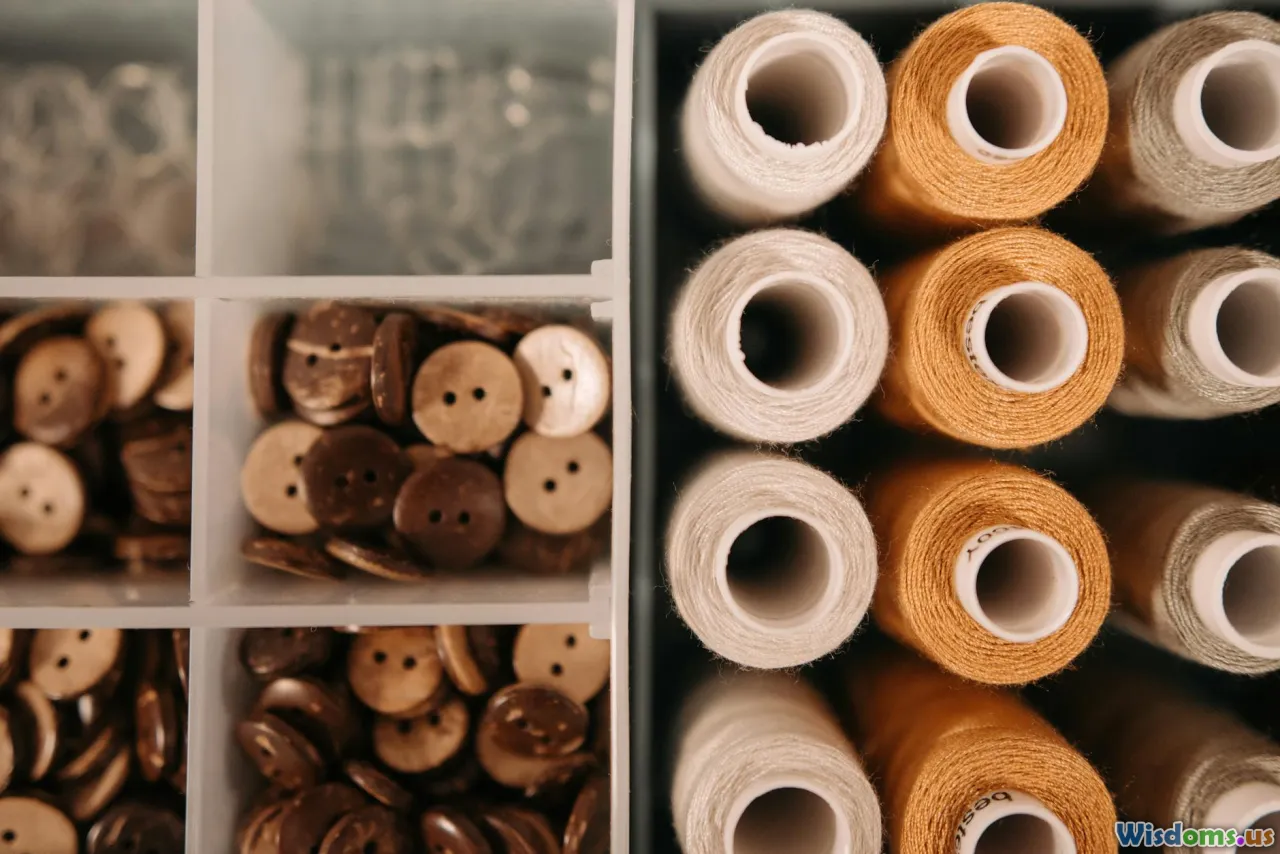
Handling hoses, seeds, pruners, and labels can get unwieldy—and constant trips back to the shed sap valuable time. Upcycled fabric tool belts and hanging caddies corral tools and can be custom-tailored to any gardener’s needs.
Construct a Simple Tool Belt from Jeans
-
Select: Use the back and waist section of worn-out jeans, which already feature useful pockets and belt loops.
-
Preparation: Cut out the rear seat sections, leaving pockets and loops intact. Sew, glue (with strong fabric adhesive), or safety-pin additional pockets from leftover fabric as desired.
-
Strap: Thread an old belt through the loops or sew on canvas webbing or rope to tie around your waist.
-
Customization: Add hook-and-loop patches or button closures. For armchair gardening, sew fabric loops to hang pouches directly on rails, fences, or greenhouse supports.
Tip: Waterproofing spray, or simply waxing fabric with old candle remains, adds resilience for rainy climates.
Analysis: Not only does this save money—commercial garden organizers can run $20–80 apiece—it personalizes storage, ensuring every trowel and seed packet has a home perfectly suited to one’s own routine.
Shade Cloths and Frost Covers: Protecting Plants Sustainably
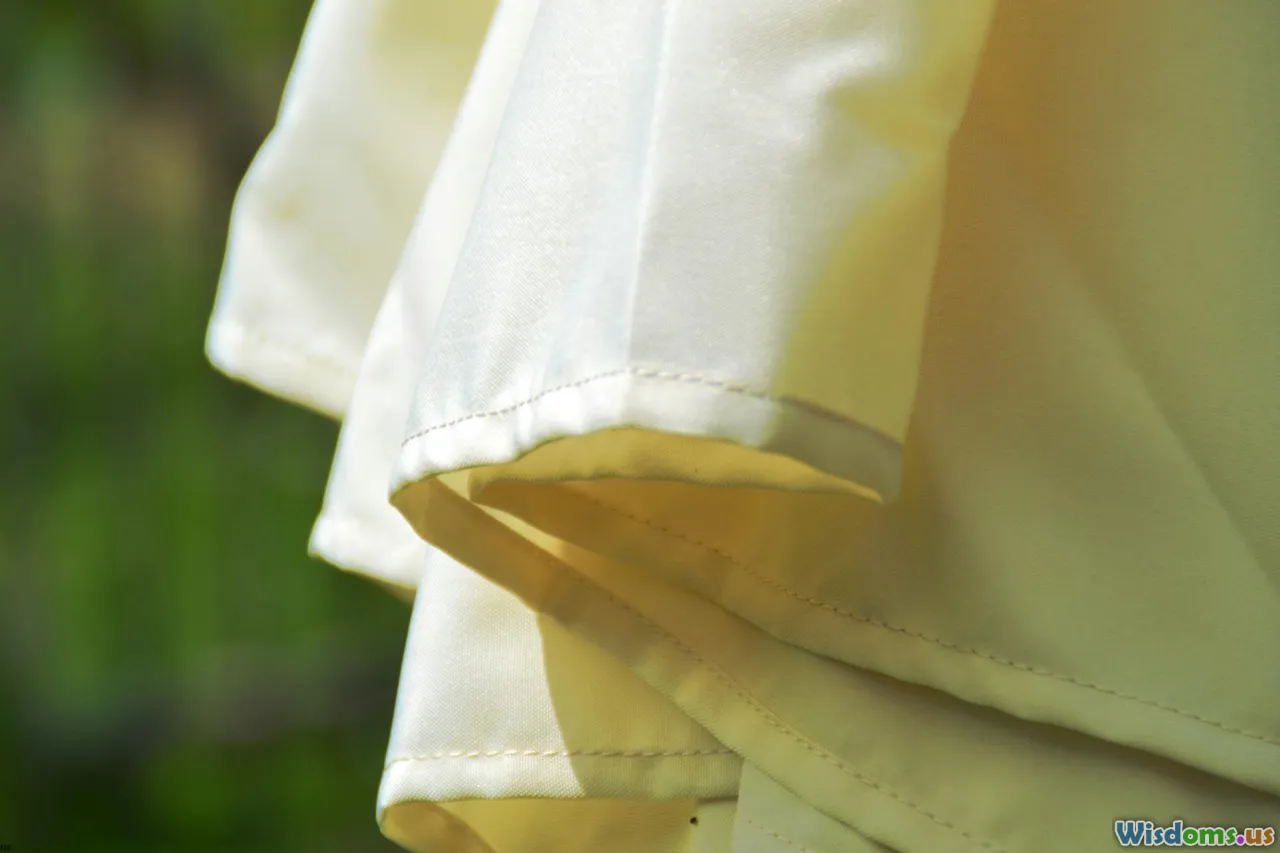
When the summer sun blazes or sudden spring frosts threaten, quick protection can mean the difference between bounty and disappointment. Instead of synthetic tarps, think old sheets, curtains, or rice sacks—layered over sensitive rows, they offer insulation, cooling, and facilitate water passage while biodegrading safely over time.
Techniques for Using Upcycled Fabrics as Plant Covers
- Heatwaves: Drape light-colored old cotton bedsheets over peppers or lettuce beds in July afternoons to cut sun exposure by up to 45%—measured by horticultural researchers in Florida’s community gardens.
- Frost Warnings: Double up vintage flannel sheets overnight on strawberry rows or fruit tree buds when temperatures dip. Remove during the day to prevent overheating.
- Hail Storms: Lightweight curtains provide buffer zones, softening impact and reducing damage.
- Securing Fabric: Use clothespins, rocks, or tent pegs. For small trees, loosely swaddle trunks and the lower canopy.
Caution: Avoid nylon and polyester tarps, which can trap moisture and facilitate rot or encourage fungal diseases. Biodegradable fabric allows airflow while gently shielding delicate growth.
Lining and Enhancing Containers With Repurposed Fabric
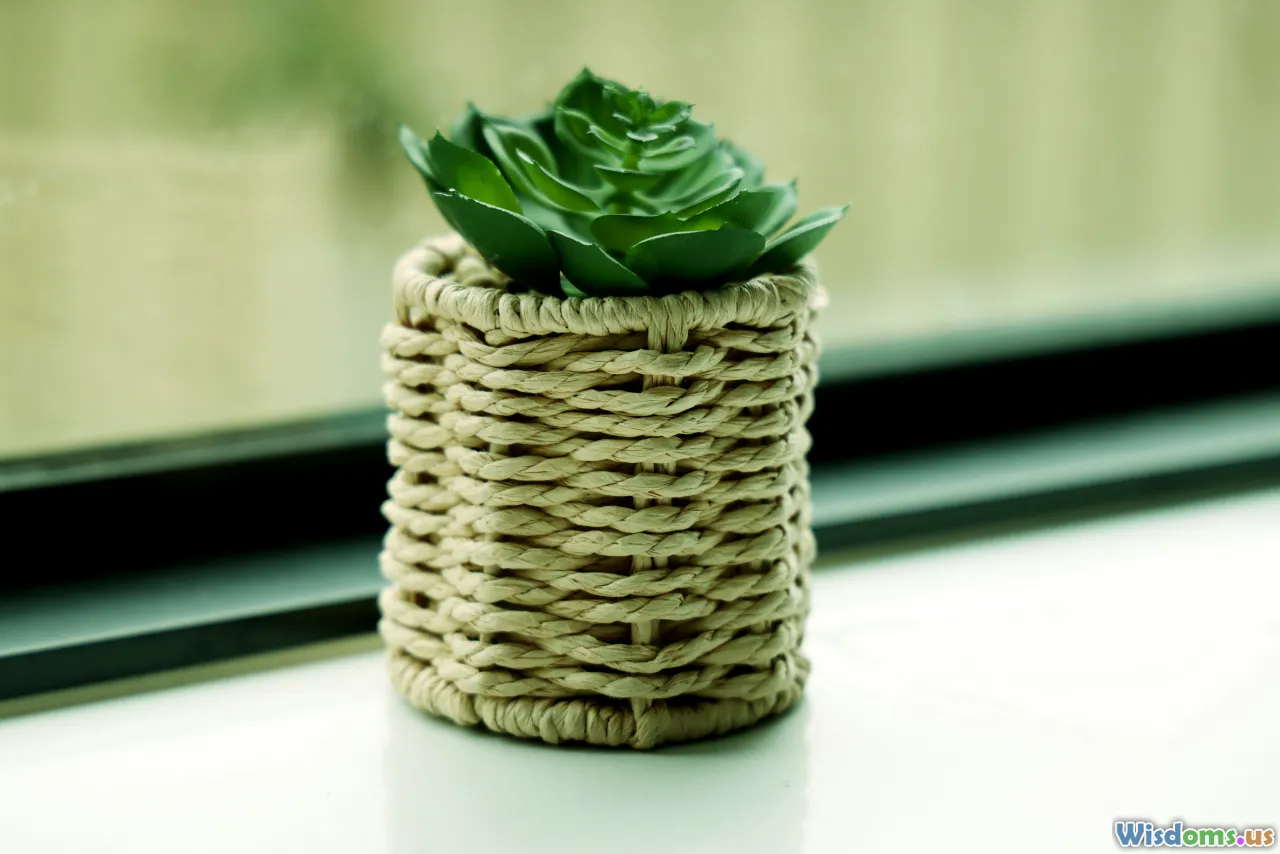
Planters and baskets often need lining to hold soil, improve drainage, or protect against root circling—functions well-suited for worn towels, canvas bags, or thick t-shirts.
- Moisture Retention: Place a layer of absorbent old fabric in the bottom of pots to slow down water runoff and keep root zones from drying out too quickly, especially useful in hanging baskets and clay pots.
- Preventing Soil Loss: Use cotton or hemp fabric to cover drainage holes or cracks. These materials decompose naturally, improving soil without polluting.
- Adding Decorative Flair: Layer patterned or dyed fabric inside containers for a pop of color and textural contrast—especially chic for tabletop displays.
- Protecting Internal Surfaces: In lined wooden window boxes or wicker baskets, fabric prevents premature rot from wet soil while prolonging usability.
Example: A London-based café upcycled dozens of woven dishcloths as liners for herb displays, enabling staff to keep plants healthy while offering visual charm during customer events.
Soil Enhancement With Scrap Fabric: Compost and Erosion Solutions
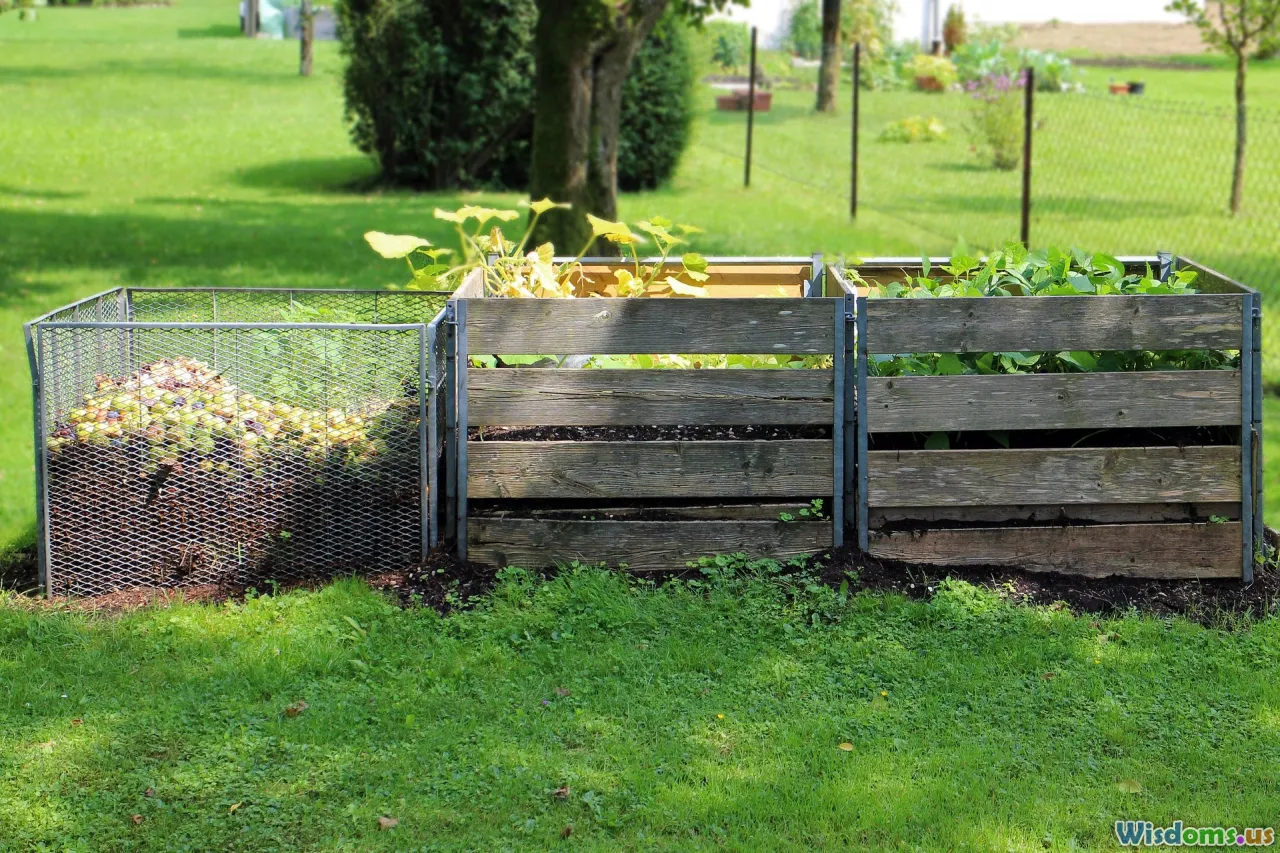
Leftover textile scraps may have reached an end for clothing but can still contribute value underground. Natural fiber scraps—torn shirts, socks, rags—can be added directly to compost heaps, feeding microbes and storing moisture.
-
How-To Compost Old Fabric:
- Ensure fabric is 100% natural—multicolored textiles are okay if dyes are non-toxic.
- Shred or cut into small pieces (under 5 cm squares) for faster breakdown.
- Layer with kitchen scraps, leaves, and grass clippings. Fabrics absorb excess moisture and balance nutrient flow.
-
Erosion Prevention: Lay strips of fabric across the contour of hillsides or bare soil where water runoff is problematic. As fabric decomposes, plant roots take over stabilization.
Note: Never compost fabric with synthetic fibers, as it will not break down and may leach microplastics.
Brightening Landscape With Upcycled Textiles: Flags, Scarecrows, and Art
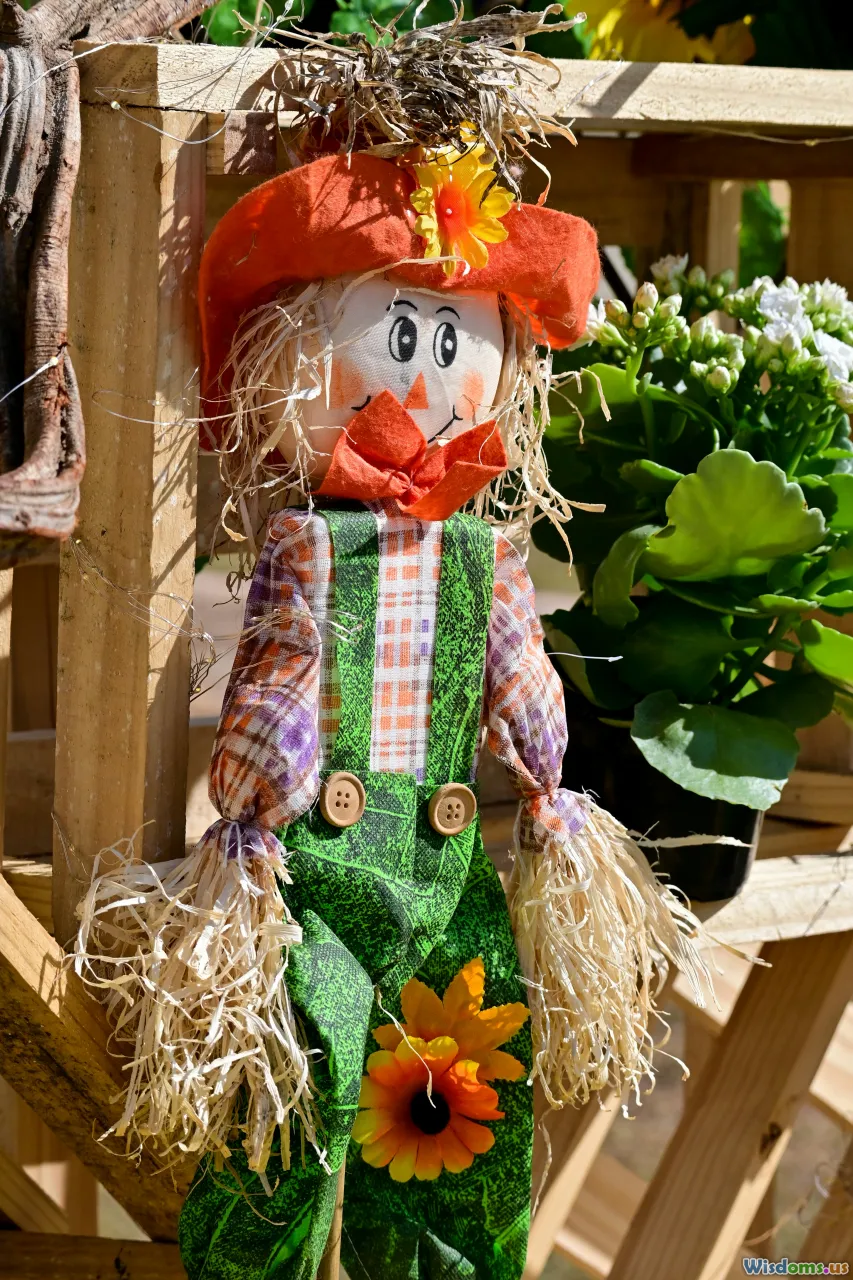
Functional repurposing isn’t the only path—old fabric brings whimsy, color, and festive spirit to gardens too!
- Garden Flags: Stitch or tie banners from patterned shirts, scarves, or bedding. Decorate with embroidery, fabric paint, or simple cutout appliqués. Hang from bamboo stakes or string between trees.
- Scarecrows: Old jeans and flannel shirts turn into delightful guardians for veggie beds—stuffed with twigs, straw, or even ripped fabric remnants.
- Pathway Art: Weave scraps into braided ropes or mats, lining garden paths, steps, or benches for dynamic patterns and soft landings.
These touches brighten outdoor spaces, engage children, and bring new meaning to once-forgotten cloth.
Tips for Safe and Effective Fabric Upcycling Outdoors

- Prioritize Natural Fibers: Organic cotton, wool, hemp, and linen break down naturally and enrich soil; synthetics suit only reusable, aboveground projects.
- Launder Thoroughly: Wash all materials well to remove detergent residues, chemical finishes, or mold.
- Test Decomposition: Place a small sample of suspect fabric in a moist spot for a month—if it doesn’t begin to break down, avoid composting.
- Monitor Moisture: Overly absorbent fabric may harbor pests if kept too damp; strike a balance by mixing with mulch.
- Respect Local Guidelines: Some communities regulate outdoor textile use—especially for visible art or in water-sensitive zones. Check rules before getting carried away.
Perhaps most importantly: treat upcycled fabric like any garden amendment—observe its effects, experiment widely, and improve methods from season to season.
Upcycling fabric in the garden is about much more than clever crafts. It’s a creative, practical response to today’s environmental challenges, emphasizing community, resourcefulness, and the innate renewal pervading every green space. Whether suspending houseplants in a colorful t-shirt hanger or fencing tomatoes with an old curtain, each piece of salvaged cloth reminds us of the garden’s remarkable ability to nurture not just plants, but sustainable possibilities too.
Rate the Post
User Reviews
Popular Posts










